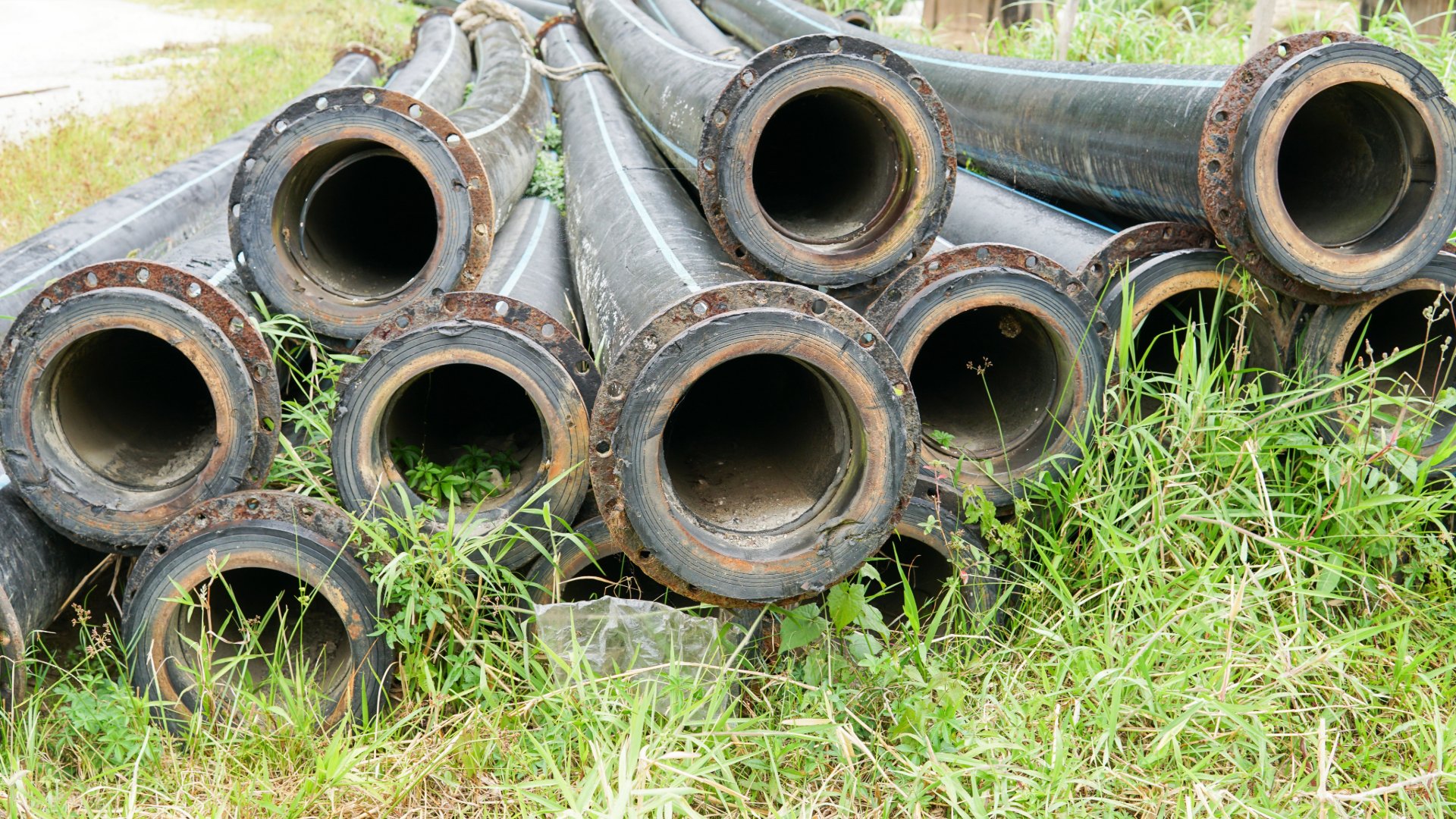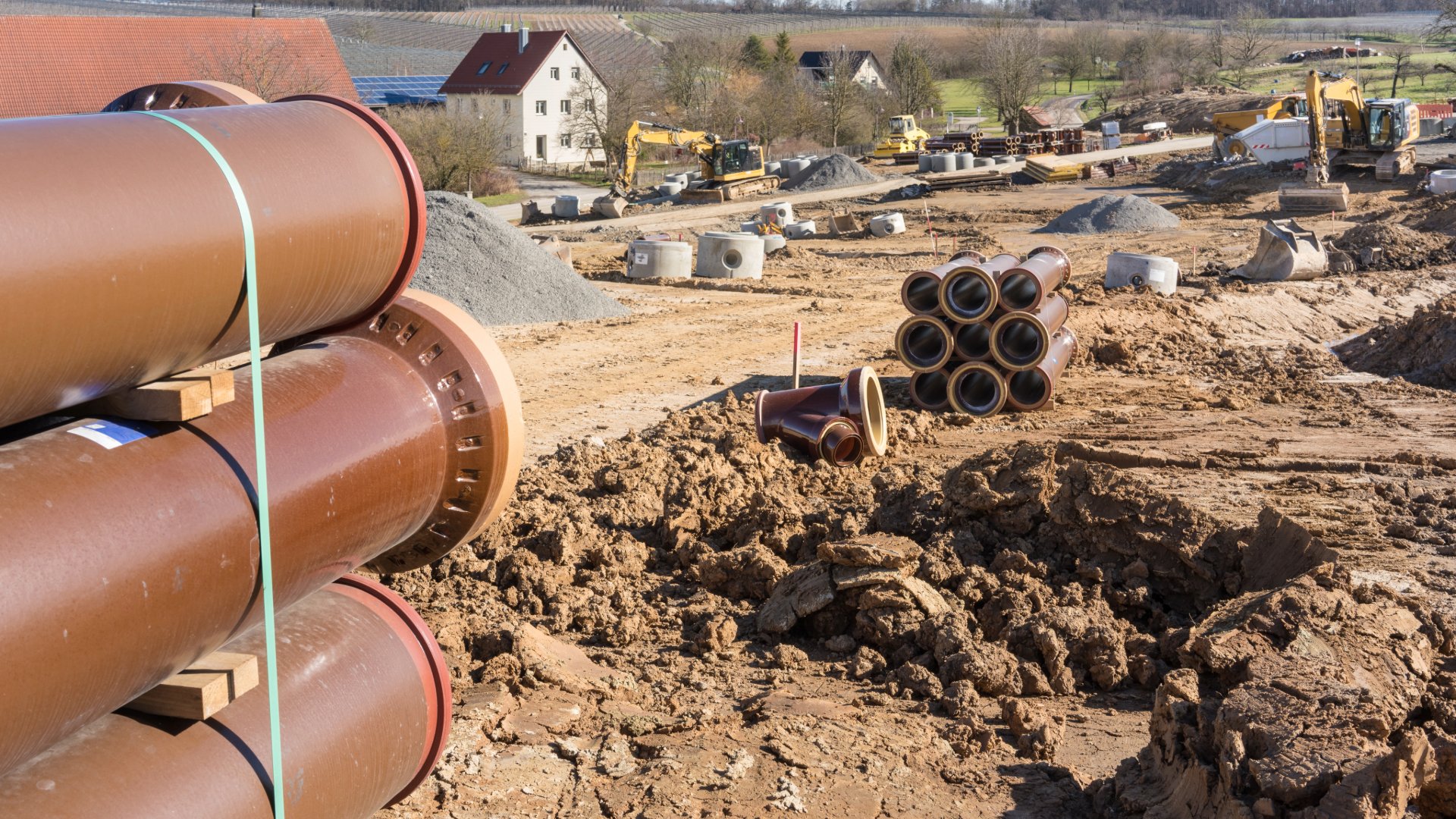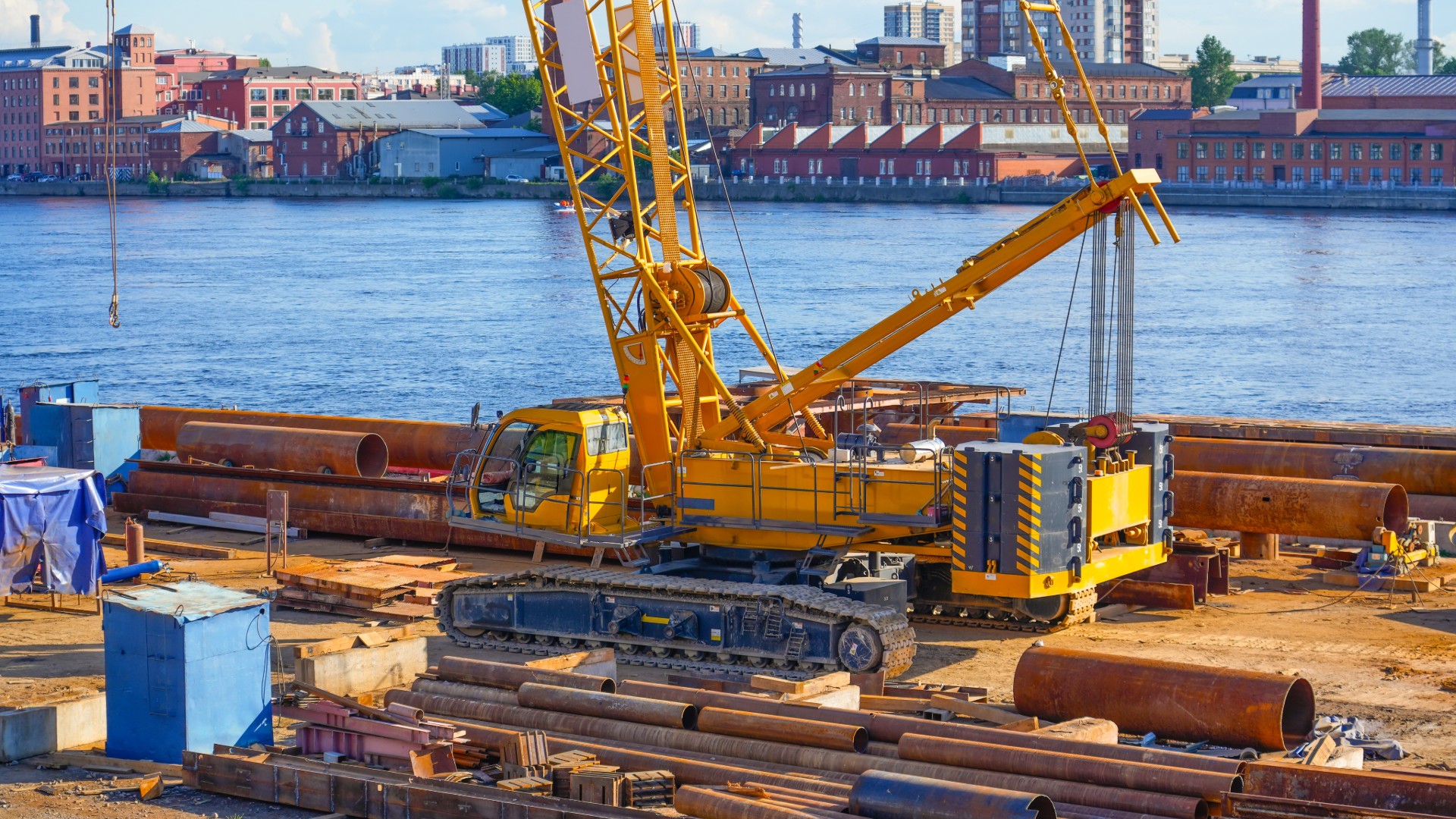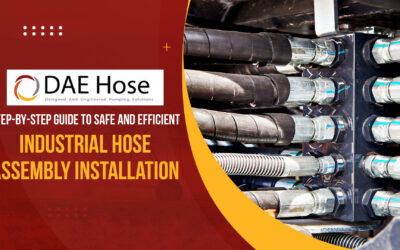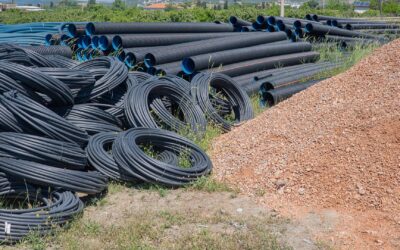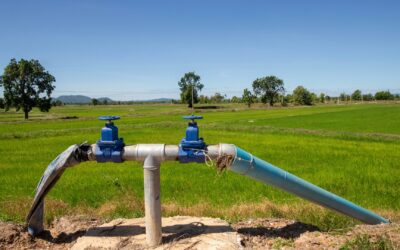A dredge industry pipe is an important part of modern dredging operations, which enables the efficient movement of sand, silt, gravel, and slurry from underwater locations to designated discharge areas. These pipes are recognized as the backbone of projects spanning port maintenance, land reclamation, mining, oil and gas, and municipal works. Without reliable piping systems, dredging projects would face reduced efficiency, higher maintenance costs, and significant operational risks.
For leaders and experts, understanding the materials, design, and performance standards of a dredge industry pipe is necessary to ensure both technical reliability and long-term return on investment. Whether applied in coastal defense, naval bases, or large-scale infrastructure projects, the right pipe system has a direct impact on project timelines and budgets.
Among the available solutions, HDPE pipe for dredging has become a preferred choice due to its abrasion resistance, flexibility, and ease of installation compared to traditional steel systems. In many operations, selecting the right pipe for dredging is no longer just about technical specifications; it is a smart procurement decision that influences lifecycle performance, compliance, and overall project success.
What Is a Dredge Industry Pipe?
A dredge industry pipe is designed specifically to transfer dredged materials, including silt, mud, sand, and slurry, from the seabed, riverbed, or lake floor to a designated disposal or reclamation location. It acts as the backbone of any dredging system, linking dredge pumps to discharge sites and ensuring that materials are handled efficiently, safely, and consistently. Choosing the right pipeline matters greatly for ensuring smooth operations in demanding dredging projects.
Dredge industry pipes have a wide range of applications. Ports and harbors rely on these pipes to deepen channels, remove sediment, and maintain passable rivers. Municipalities use them for flood control, environmental remediation, and infrastructure maintenance. In the mining, oil, and gas industries, dredging systems with dependable pipelines efficiently manage slurry, tailings, and other heavy materials. In all cases, the proper design of a dredge industry pipe has a substantial impact on operational efficiency, long-term durability, and project costs.
Among available options, the HDPE pipe for dredging is one of the most widely adopted due to its superior resistance to abrasion, corrosion, and chemical exposure. These pipes are lightweight, flexible, and easy to install across floating, submerged, or shore-based configurations. Using an HDPE pipe for dredging ensures minimal downtime and low maintenance requirements, allowing operators to achieve consistent and reliable performance. By integrating the appropriate material and design, stakeholders can maximize the lifespan of the dredge industry pipe while maintaining safety, efficiency, and cost-effectiveness across projects of all scales.
Materials Used in Dredge Industry Pipes
The performance of a dredge industry pipe depends heavily on the material selected. Each dredging project presents unique challenges, ranging from highly abrasive slurry to fluctuating water conditions, making the right material choice critical for both operational efficiency and long-term service life. Selecting a suitable material can significantly influence project timelines, maintenance costs, and overall return on investment.
Steel has long been the preferred material in the dredging industry due to its great strength and ability to handle intense pressures and heavy-duty applications. However, steel has several disadvantages, including susceptibility to corrosion, higher weight, and increased installation and handling costs. These factors have encouraged many operators to seek alternative materials that strike a balance between durability, flexibility, and cost-effectiveness.
Among these alternatives, the HDPE pipe for dredging has emerged as a leading solution. Lightweight yet robust, HDPE pipes offer exceptional resistance to abrasion, chemical exposure, and environmental stresses, making them ideal for a wide range of dredging scenarios. The flexibility of an HDPE pipe for dredging enables easier installation in floating, submerged, or shore-based configurations, thereby reducing downtime and labor requirements.
In specialized or extreme conditions, composite or rubber-lined designs are used to enhance durability further. These options help extend the lifespan of a dredge industry pipe, particularly in operations involving highly abrasive materials or chemically laden slurries. By carefully matching material selection to project requirements, operators can ensure that their dredge industry pipe delivers consistent, reliable performance while optimizing lifecycle costs and maximizing ROI.
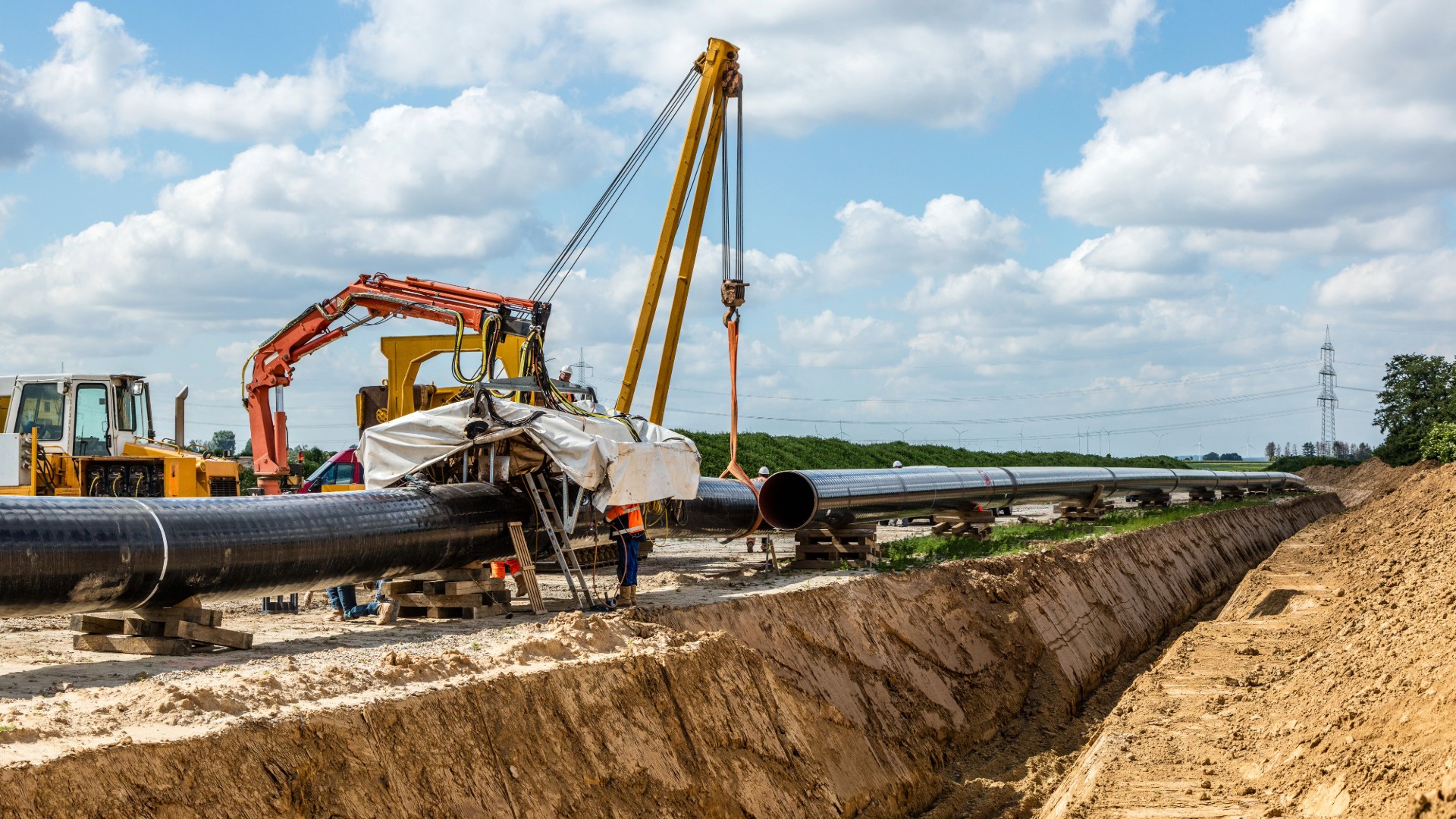
Design Considerations for Dredge Industry Pipes
The efficiency, reliability, and lifespan of a dredge industry pipe depend on careful design, material selection, and adherence to operational requirements. Every dredging project involves moving abrasive slurry, sand, mud, and sediments under variable pressures and environmental conditions. Selecting the correct pipe for the dredge industry ensures consistent performance, reduced downtime, and long-term cost savings.
Key design considerations include wall thickness, pipe diameter, pressure rating, and flexibility. A properly specified dredge industry pipe ensures optimal hydraulic performance, smooth material flow, and resistance to wear. A pipe for dredging must be sized correctly to handle the expected load while minimizing energy losses and preventing blockages. Similarly, an HDPE pipe for dredging offers excellent flexibility, durability, and ease of installation, making it suitable for both floating and submerged configurations.
Environmental conditions, including chemical exposure, tidal fluctuations, and temperature variations, have a significant impact on pipe performance. An HDPE pipe for dredging provides superior abrasion and corrosion resistance, making it ideal for harsh dredging environments. Selecting a dredge industry pipe that accounts for these factors helps operators maintain safety, reliability, and operational efficiency across all project stages.
Compliance with international standards, such as ISO 4427, is also critical. A standards-compliant pipe for dredging guarantees mechanical strength, chemical resistance, and dimensional accuracy. Choosing a certified dredge industry pipe reduces the risk of failures, supports regulatory approvals, and ensures long-term operational reliability.
Ultimately, integrating material choice, hydraulic design, and regulatory compliance ensures that a dredge industry pipe performs at the highest level. Using a high-quality HDPE pipe for dredging in combination with a well-designed pipe for dredging system maximizes operational efficiency, minimizes maintenance costs, and delivers measurable ROI for ports, harbors, municipal projects, and industrial dredging operations. By focusing on these design considerations, decision-makers can ensure that every dredge industry pipe in their system meets performance expectations while supporting sustainable, cost-effective dredging operations.

International Standards and Compliance
Compliance with international standards is a critical factor when selecting a dredge industry pipe. Adherence to established standards ensures that pipes meet stringent performance, safety, and durability requirements, reducing operational risks and providing confidence that dredging systems will function reliably in challenging environments. For procurement teams, engineering managers, and contractors, standards compliance not only streamlines project approvals but also demonstrates adherence to global best practices.
The most widely recognized benchmark for dredging pipelines is ISO 4427, which specifies requirements for polyethylene piping systems. This standard is particularly important when selecting an HDPE pipe for dredging, as it defines material grades (such as PE80 and PE100), dimensional tolerances, mechanical properties, and test methods to ensure performance under pressure. Compliance with ISO 4427 helps minimize pipeline failures, improve operational efficiency, and extend the lifespan of pipes in the dredge industry.
Additional standards, such as ISO 8772 and ISO 8770, address underground drainage and waste systems and may be applicable to specific dredging or supporting infrastructure projects. For government, navy, or municipal projects, regional legislation and project-specific criteria may also apply, making it critical to ensure that every HDPE pipe for dredging meets both international and local requirements.
By aligning procurement and installation practices with recognized standards, operators can enhance system reliability, reduce maintenance costs, and ensure that the selected dredge industry pipe delivers long-term value for demanding dredging operations.
Performance Standards and Testing
Ensuring the reliability of a dredge industry pipe requires rigorous performance standards and testing protocols. Dredging operations often involve transporting highly abrasive materials under varying pressures, which can quickly degrade poorly designed or substandard pipes. Testing helps verify that pipes meet the necessary mechanical, chemical, and hydraulic requirements for long-term performance and reliability.
For HDPE pipe used in dredging, key tests include abrasion resistance, tensile strength, and pressure resistance. These evaluations ensure that the pipe can handle slurry, sediment, and water without deformation or leakage. Additionally, chemical compatibility testing confirms that the pipe will withstand exposure to industrial fluids and environmental contaminants, which is critical for both municipal and industrial projects.
Operational performance is further validated through hydraulic testing, assessing flow rates, pressure losses, and potential blockages. By selecting a pipe for dredging that meets these standards, project managers can minimize maintenance costs, prevent downtime, and ensure the system operates efficiently throughout its service life. Implementing standardized testing also provides confidence that the dredge industry pipe will deliver consistent performance in both short-term projects and long-term infrastructure applications.
Real-World Applications and ROI Impact
The selection of a dredge industry pipe has a major role in operational efficiency, project timelines, and overall return on investment. In real-world dredging projects, the use of high-quality piping systems ensures consistent performance while minimizing downtime, repair costs, and maintenance demands. Ports and harbors, for example, depend on these pipes for channel deepening, sediment removal, and ongoing waterway maintenance, helping to maintain safe and navigable shipping lanes. Similarly, mining and oil and gas operations rely on efficient pipelines to transport slurry, tailings, and other byproducts from extraction or processing sites to disposal or reclamation areas.
A key reason that HDPE pipe for dredging is widely adopted across industries is its combination of durability, flexibility, and ease of installation. These pipes enable operators to complete projects more efficiently while maintaining high operational reliability. Their resistance to abrasion and chemical exposure also reduces the need for frequent replacements, lowering lifecycle costs and minimizing disruptions in ongoing operations.
In addition to technical performance, the correct selection of a dredge industry pipe has a direct impact on financial outcomes. By reducing maintenance requirements, avoiding project delays, and extending the service life of the dredging system, operators achieve tangible long-term savings. Numerous case studies demonstrate that pipelines designed and installed with the correct materials and standards consistently outperform traditional alternatives. This demonstrates that strategic procurement and material selection decisions can yield measurable improvements in both operational efficiency and financial performance, ultimately supporting more effective project planning and higher returns on investment.
Procurement Checklist for Decision-Makers
Selecting the right pipe for the dredge industry requires careful evaluation to ensure operational efficiency, regulatory compliance, and long-term value. Procurement heads, engineering managers, and project decision-makers must assess multiple factors before finalizing any purchase, as the correct choice can significantly influence project success, maintenance costs, and return on investment.
First, verify the material quality and its compatibility with the project conditions. An HDPE pipe for dredging should conform to recognized standards such as ISO 4427, which ensures resistance to abrasion, chemical exposure, and high-pressure variations. Confirming these specifications helps mitigate the risks of premature wear, leaks, or operational failures, particularly in demanding dredging environments.
Next, evaluate dimensional requirements, wall thickness, and pressure ratings to match the specific demands of your dredging system. Properly designed pipelines improve material flow efficiency, reduce energy consumption, and prevent operational interruptions. Consider installation methods, whether floating, submerged, or shore-based, as these factors influence both performance and ease of maintenance.
Supplier credentials are equally important. Review compliance documentation, certifications, warranty offerings, and available technical support. Partnering with a reputable manufacturer ensures access to high-quality dredge industry pipe, backed by expert guidance for design, installation, and long-term maintenance. Additionally, sourcing the right HDPE pipe for dredging from a trusted supplier can minimize downtime, extend the service life, and enhance the project’s ROI.
By following this procurement checklist, decision-makers can make informed, strategic choices that balance cost, performance, and reliability, while ensuring that the dredge industry pipe selected meets the rigorous demands of modern dredging projects.
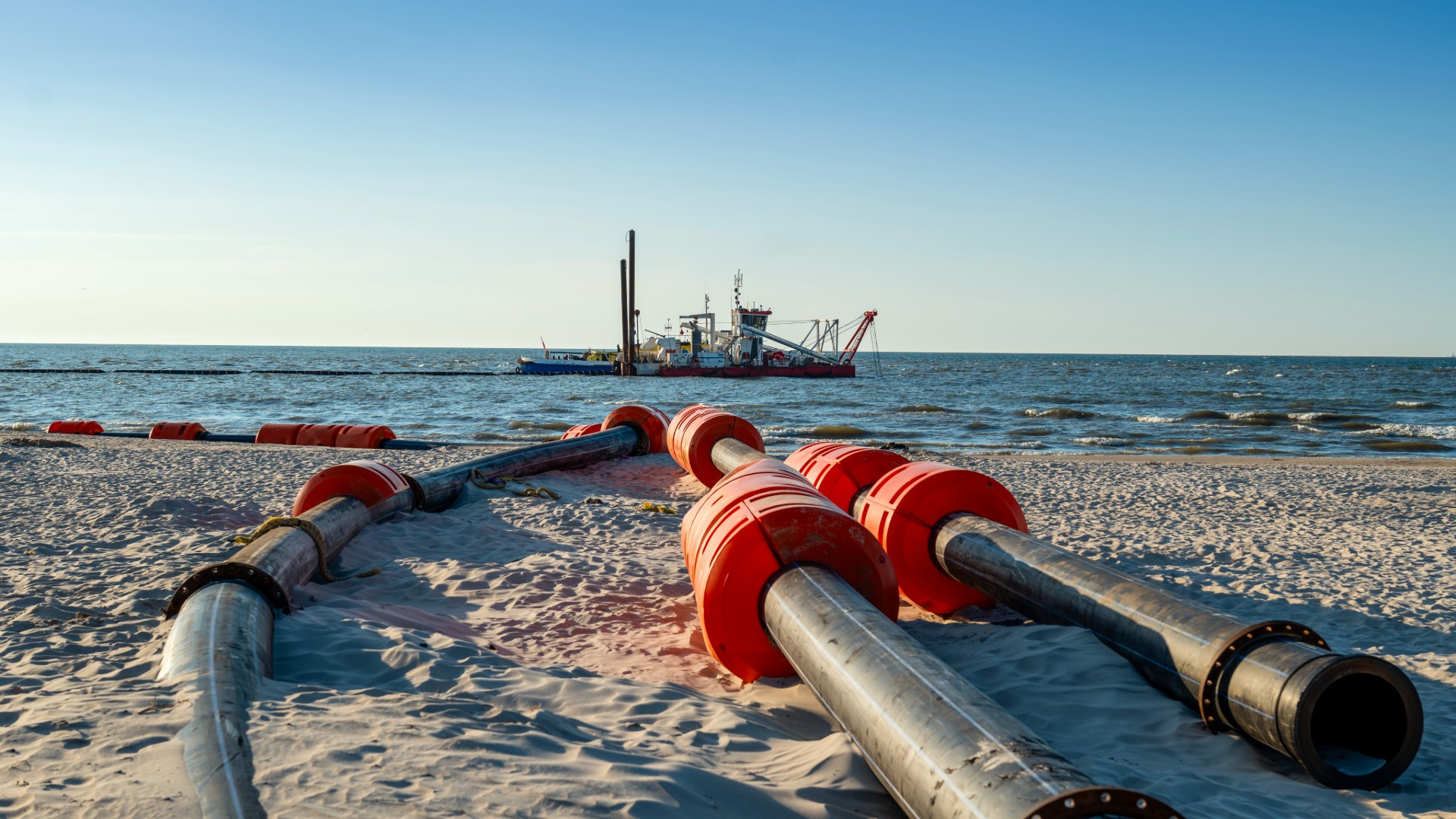
Why Partner with a Specialized Supplier
Working with an experienced supplier is crucial when selecting a pipe for the dredge industry. Specialized manufacturers provide not only high-quality products but also expert technical guidance, ensuring that the piping system meets project-specific requirements and performs reliably under demanding conditions. For large-scale dredging, naval operations, or municipal projects, partnering with a knowledgeable supplier reduces operational risks, improves installation efficiency, and enhances the overall performance of the dredging system.
A trusted supplier can offer tailored solutions, including HDPE pipe for dredging, engineered to withstand abrasion, chemical exposure, and the challenging environmental conditions typical of dredging projects. Leveraging supplier expertise enables operators to ensure that a dredge industry pipe is correctly specified, compliant with international standards, and optimized for use in floating, submerged, or shore-based applications. By relying on supplier guidance, project teams can avoid common pitfalls, reduce installation delays, and extend the service life of the pipeline system.
Additionally, specialized suppliers provide comprehensive support through quality assurance documentation, testing certificates, and maintenance recommendations. This not only reinforces the reliability of the system but also helps decision-makers justify procurement investments and demonstrate long-term value. Partnering with a reputable manufacturer ensures that a dredge industry pipe consistently delivers top performance. In contrast, a well-specified dredge industry pipe minimizes downtime and operational disruptions, maximizing ROI for each project.
Ensuring Optimal Performance with Dredge Industry Pipes
Choosing the right pipe for the dredge industry is crucial for operational efficiency, long-term durability, and project ROI. Every decision, from material selection to design, testing, and compliance with international standards, influences a dredging system’s overall performance.
When operators use a standards-compliant HDPE pipe for dredging, they benefit from improved abrasion resistance, flexibility, and ease of installation in various applications, including floating, submerged, and shore-based situations. Similarly, selecting the best pipe for dredging ensures smooth material flow, minimal maintenance, and an extended service life, thereby reducing both downtime and operational expenses.
Partnering with a specialized supplier offers extra benefits to procurement teams and project managers. Expert assistance, technical support, and quality assurance help ensure that a dredge industry pipe satisfies project specifications while providing measurable long-term value. Decision-makers can improve dredging operations and maximize their return on investment by making informed, standards-based decisions.
Contact DAE Hose now to discuss customized solutions for dredging pipelines and industrial applications that ensure durability and performance throughout the project lifecycle.

